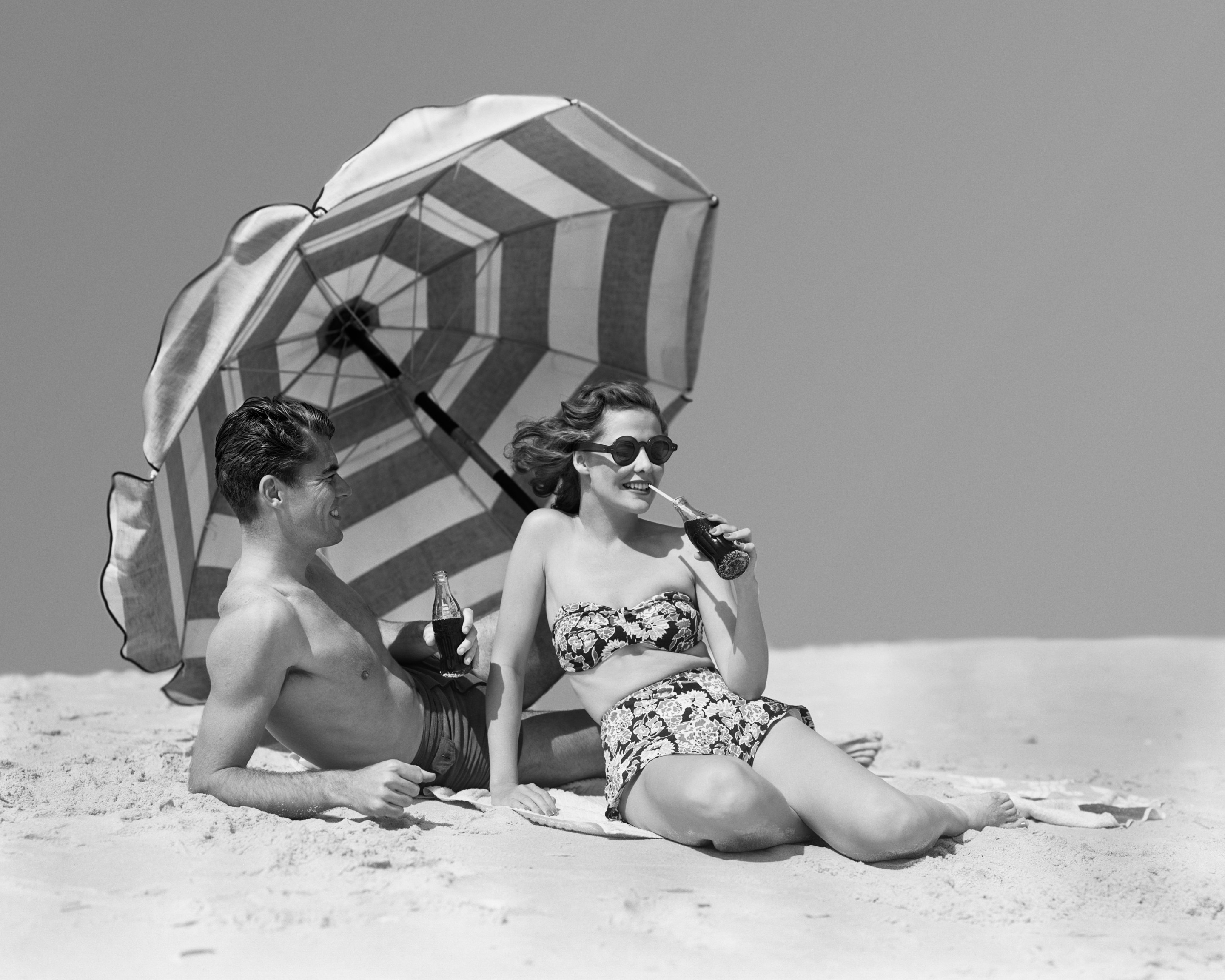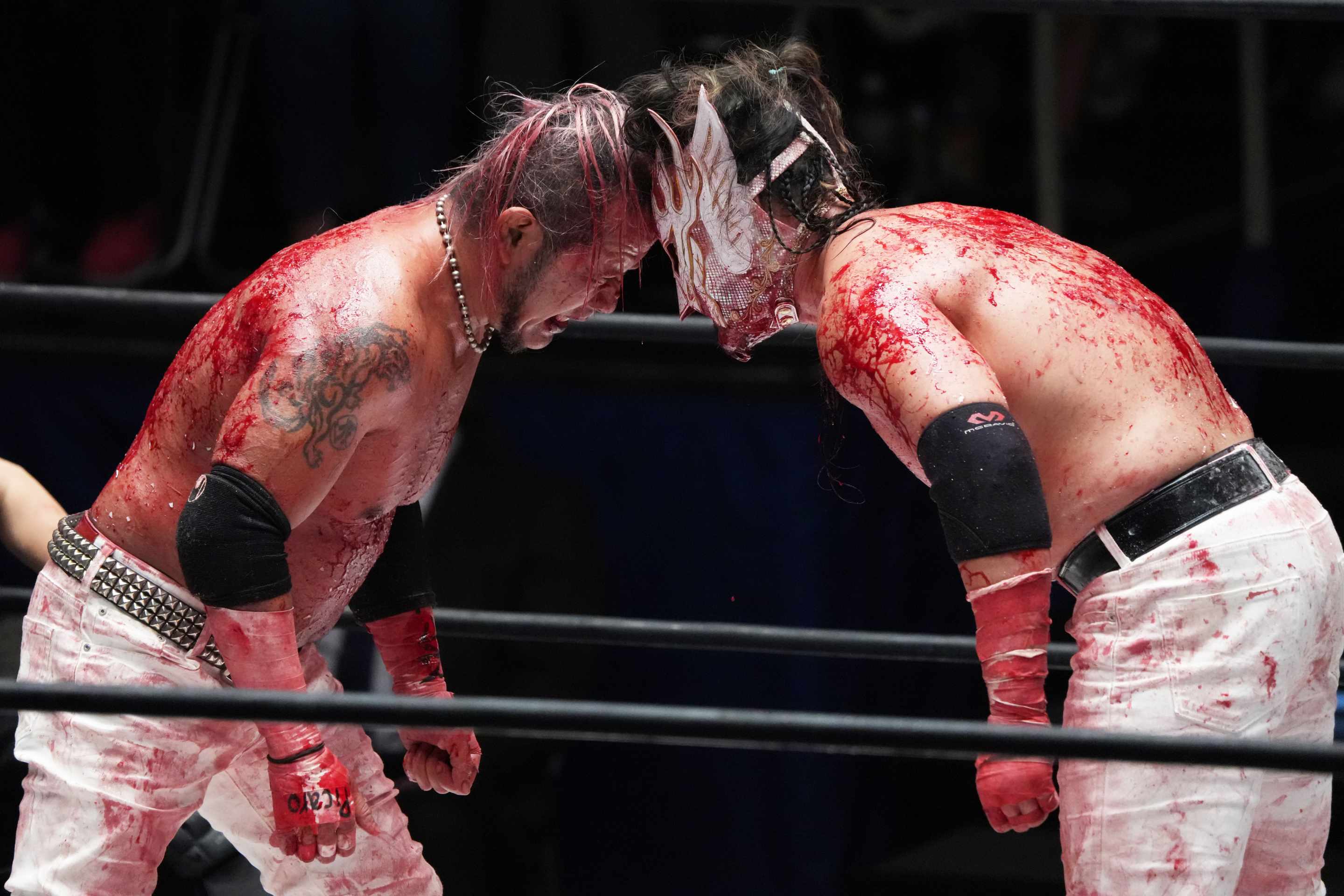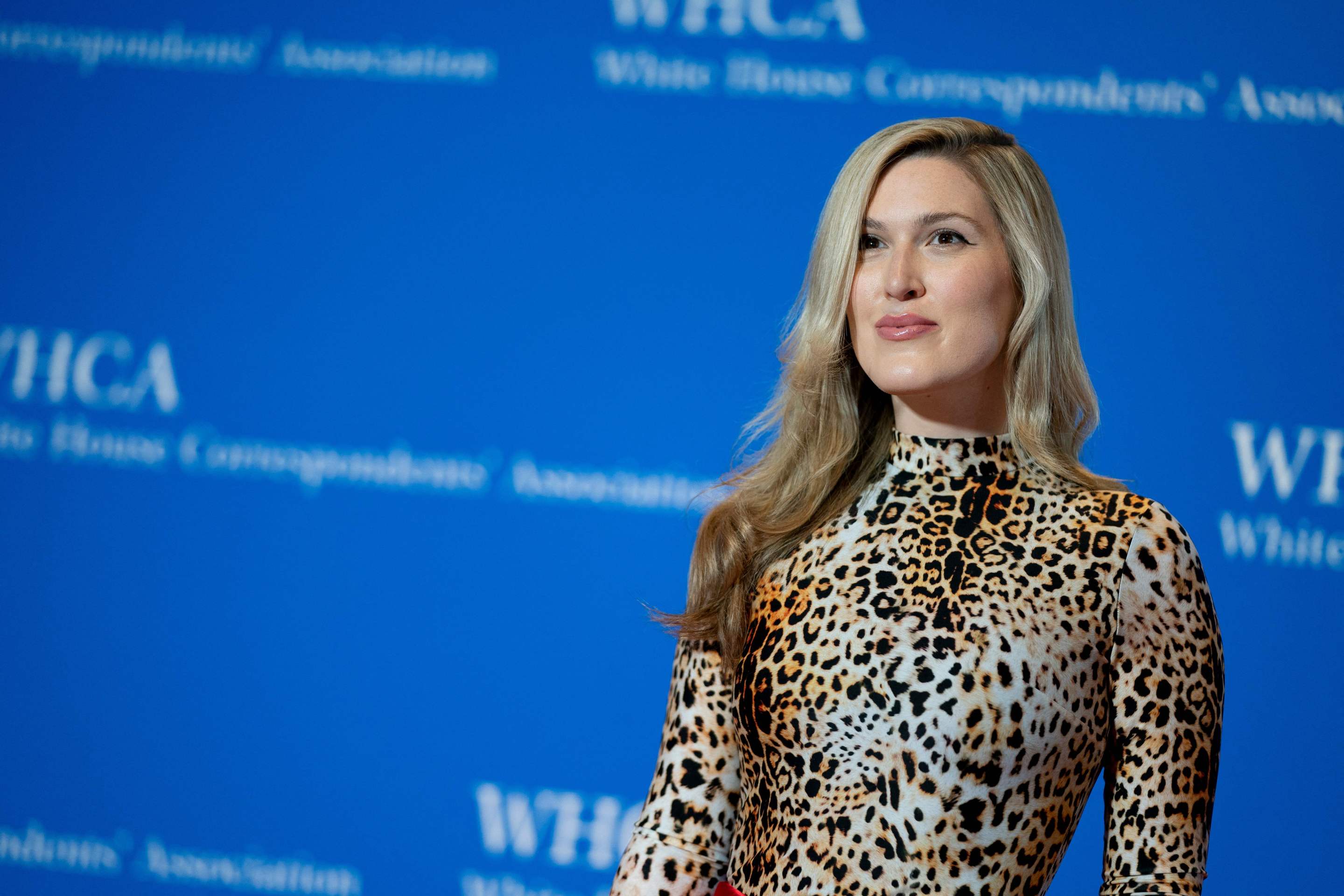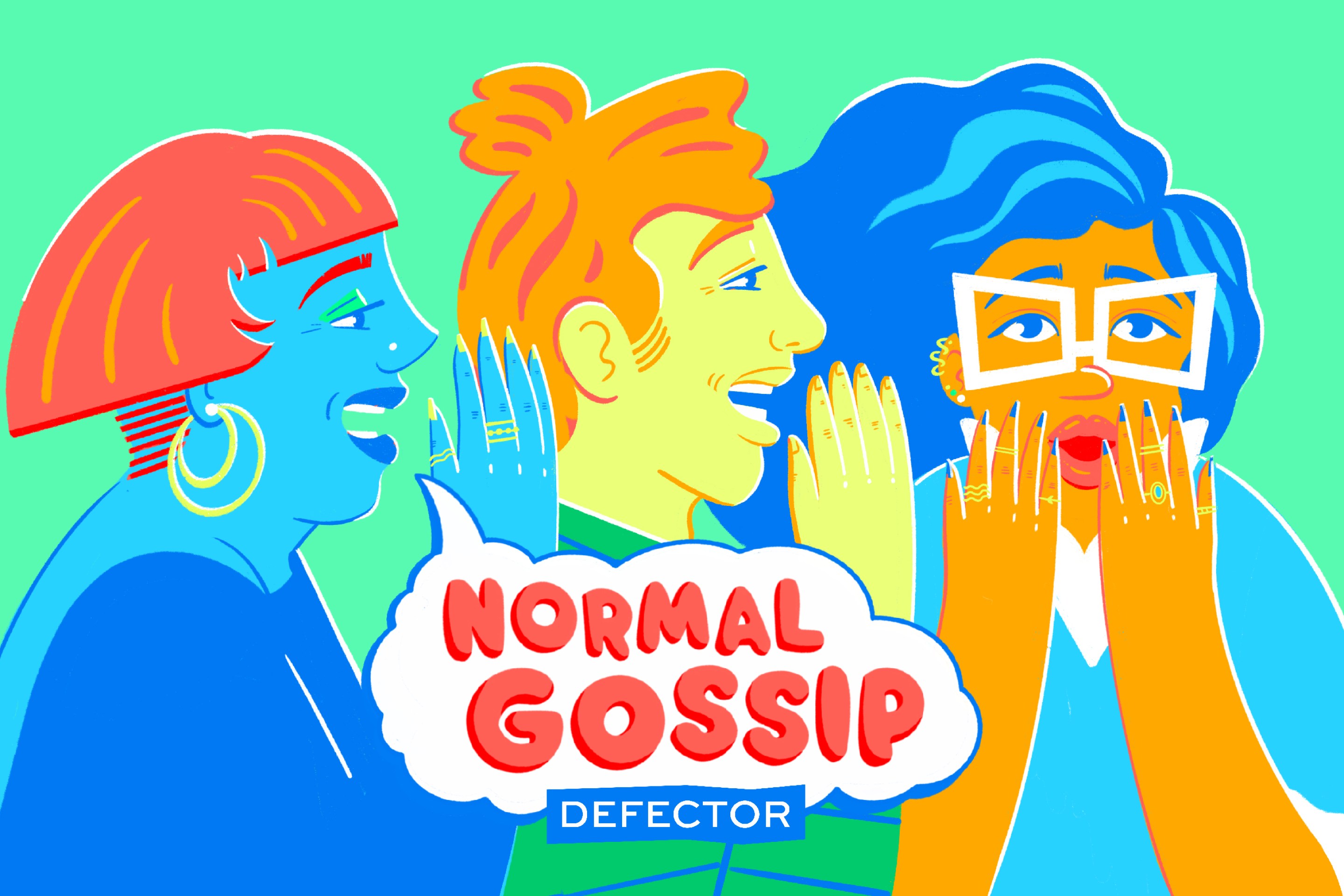When I was in college, I declared Diet Coke my enemy. My reason was the only good reason to declare anything an enemy: Someone wrote a bad blog about it.
Some girl I didn’t know published an op-ed in the school newspaper counting all the reasons she was truly, deeply devoted to Diet Coke. It wasn’t serious, but it pissed me off so much that I started fights with girls in my sorority kitchen over it. Couldn’t they see that she was making all of us look like idiots by publishing something like this?
I was a newly converted gender studies major in an SEC sorority, which is a little like being Snow White in that scene where she runs through the haunted forest and keeps being accosted by scary faces, except the scary faces were the racism and misogyny that I could see and name clearly, for the first time. Thankfully for all of us, any evidence of this article seems to be wiped from the internet, so all I have left is the silhouette of my outrage from that time, and a deep hatred for Diet Coke.
My opposition to Diet Coke was political, a vehement objection that mirrored everything that stank of “diet,” and there it was, right in the name on the can. To explicitly diet was to admit that I’d succumbed to the miasma of feminine self-hatred. If I was going to drink a soda, I proudly ordered full sugar Coca-Cola, a political act of self love defying the collective ritual of “watching what we eat,” even as I watched what I ate—constantly.
I lived in an uneasy truce with my body, promising to avoid diets and diet foods, and in exchange I believed my body would never get sick, gain weight, or become otherwise unruly. This was magical thinking, of course, but I was in denial of the ways I let this control me; constantly ruminating on the ways I wasn’t dieting still took up a huge amount of space in my brain and I would often end up paralyzed in front of the open refrigerator, unable to make a decision about what to eat for lunch that fit within the myriad intersecting and contradicting rules in my head. I didn’t explicitly let myself live by the diet rules I knew, but they constantly loomed in the background, a yardstick against which every decision was still measured.
Last year I finally started treatment for disordered eating that focused on intuitive eating, a framework that discourages assigning morality to foods and food groups and encourages paying close attention to hunger cues and cravings as a way to guide eating habits. I slowly let go of the thousands of food rules I kept cataloged in my mind and for six months, I felt freedom. Then came the prediabetes.
I was finishing my makeup the morning of my partner’s graduation in May when I got the news that my A1C was in the prediabetic range. I didn’t have time to do any panicked googling, because we had to pick up my in-laws and begin a highly choreographed routine of ticket-wrangling and sun protection and snack management that would last the whole day. But after it was all over, when I lay in bed tipsy off red wine with my phone glowing two inches from my eyes, I read deep into the prediabetes subreddit. I learned that prediabetes is a condition where your blood sugar is elevated to higher than healthy levels, and which left unchecked, can develop into diabetes. As with diabetes, you can develop prediabetes through a combination of genetics and lifestyle; according to the CDC, a third of American adults have prediabetes. I have a strong family history of diabetes on both sides, and Asians are also among the groups of people with higher risk of prediabetes and diabetes, so in retrospect, it seems overdetermined.
Before that day, my relationship with the world of diabetes, blood glucose, and insulin was distant, but I was vaguely aware of the morality assigned to the different types. Type 1 was the kind you got as a kid—what Nick Jonas has. Blameless. Innocent. Type 2 was the kind you “gave yourself” after living an indulgent life. It conjures images of men in their 60s who refuse to stretch or drink water despite their wives’ pleading. Blame. Immorality.
I thought I was above blaming people for their health conditions, even in the privacy of my own mind. But the tendrils of ableism are wily and sometimes only reveal themselves when turned on the only viable target: the self. I realized that I had been hiding deeper, uglier feelings beneath the surface.
The strongest was shame, which didn’t cling to a single thought as much as it contaminated the way I looked at and engaged with my body. My thoughts ricocheted from the shame about what I’d done to my body (of course it was my fault) to fear about how quickly this could develop into Type 2 (Reddit said 3-6 months) to confusion about how this had happened.
I wondered if the intuitive eating was responsible. Surely, the snacks I let myself eat with abandon over the last year were responsible for my high A1C. Could I even trust the dietitian I’d worked with last year? I didn’t know what was safe to believe.
I read articles about managing prediabetes and felt all the old diet rules rush back. My new priority moving forward was to try to keep my blood sugar from spiking for long periods of time. Your blood sugar always spikes after a meal, but there’s a variety of things you can do to make sure that spike doesn’t go too high for too long: go for a walk after you eat, make half your plate veggies, prioritize protein over carbs, pair protein and fat with carbs, and always remember that sugar is a carb and sugar is in basically everything in this country so good luck.
I decided to give myself three months to see what lifestyle changes alone could do for my A1C and begrudgingly committed to my new diet.
I spent the summer experimenting with low-carb recipes, drinking a ton of apple cider vinegar mocktails, and chopping raw vegetables. Meanwhile, Oprah and Lizzo and Kelly Clarkson debuted new, lithe bodies after taking weight loss medications, and Ariana Grande fielded concerned comments about her health on the Wicked press tour. I switched from oat milk back to dairy in my lattes and smoothies, and Kourtney Kardashian’s supplement brand, Lemme, released a GLP-1 Ozempic dupe. I ate so many salads, and I figured out glucose-friendly meals that didn’t feel like sacrifice. Buffalo wings and Caesar salad became my new go-to when eating out at restaurants. The influencer Liv Schmidt was banned from TikTok for posting content that promotes eating disorders.
Cutting out sweets was the hardest part, because I have a huge sweet tooth. I love sour candies, I love chocolate chip cookies, and I love Cherry Coke. In the first weeks of my new diet, I dreamed of eating cookies and entire cakes and even in the dreams I felt the shame of knowing I was spiking my blood sugar, ruining everything.
I was uncomfortable because I was hungry all the time, but also because what I was doing looked an awful lot like a diet. I refused to call it that at the moment, favoring euphemisms like “my new lifestyle” and the more vague “you know, all the changes” as I waved my hands around. I was appalled that I could so easily take the shape of Woman on a Diet, examining nutrition facts on every food and logging my meals in MyFitnessPal to tally up my macros.
Once, in a coffee shop before a Normal Gossip live show, I put back a yogurt when I realized it had almost 30 grams of sugar in it. I made sure to clarify to the acquaintance I was standing in line with that I was acting like this because I had prediabetes, not because I am someone who actually cares about the amount of sugar I eat. Writing this now, though, I wonder what the difference is.
After six weeks, I didn’t feel quite so deprived. People told me I would lose a lot of my sweet tooth and they were right; I still crave chocolate, but my desire for sweets is much less pronounced than it used to be. After three months, I had lowered my A1C, not quite out of the prediabetic range, but extremely close. The changes I made worked for me.
I also lost 13 percent of my body weight, a return to my pre-pandemic size. Clothes that used to fit me perfectly now fall right off, and I’m angry about it because I liked how they looked before. Family members praised my weight loss and I mumbled thanks, uncomfortable with the knowledge that the changes were visible enough for people to clock through their phone screens across the country. By losing weight, I felt like I had betrayed the version of me who went through the eating disorder treatment, who didn’t believe in “good” or “bad” foods, who wasn’t afraid of calories or carbs.
A couple weeks ago, we got tickets for a late movie. When we got to the lobby, I saw that the theater had those Coke Freestyle Machines. There were so many sugar-free options, I felt overwhelmed. I bought a 20-ounce cup and filled it with caffeine-free Diet Coke, half cherry and half vanilla. Look, I know about aspartame, but I also know how I felt being able to have this sweet treat without a blood sugar spike or caffeine buzz, and that feeling was fantastic. As I sat in the dark theater, I couldn’t believe how thrilled I was to be drinking Diet Coke, this beverage I derided for so long.
There’s been a lot of talk this year about how our cultural pendulum of preferred women’s bodies is swinging back toward thinness, and I hesitated to write this essay at first because I worried I would be contributing to the body-positivity backlash. The hardest part of these changes has been figuring out a way to hold multiple truths in my mind at once. I believe in the political roots of the body positive movement, despite how distorted the modern conception has become, refracted through 50 years of capitalism. But I am learning to forgive myself when I look and act like a woman on a diet, because my body is just a little less effective than the average body at processing carbs. I know I’ll feel my best when I’m intentional about when and how many of them I consume. Sometimes that means a little Diet Coke as a treat.







